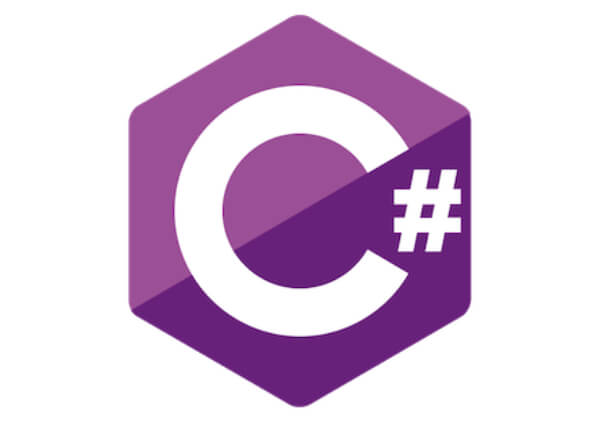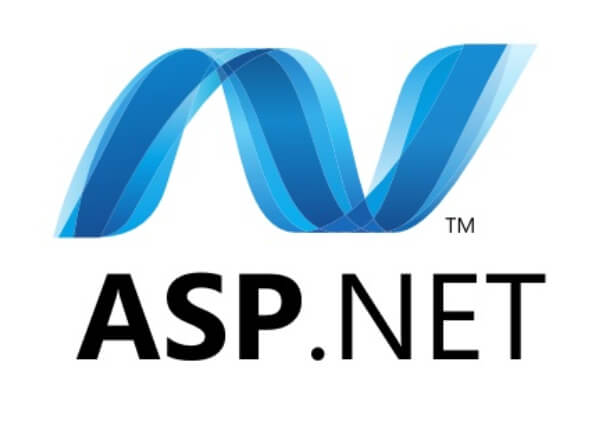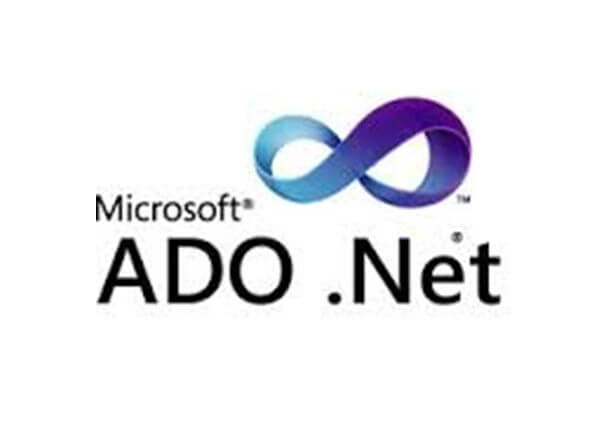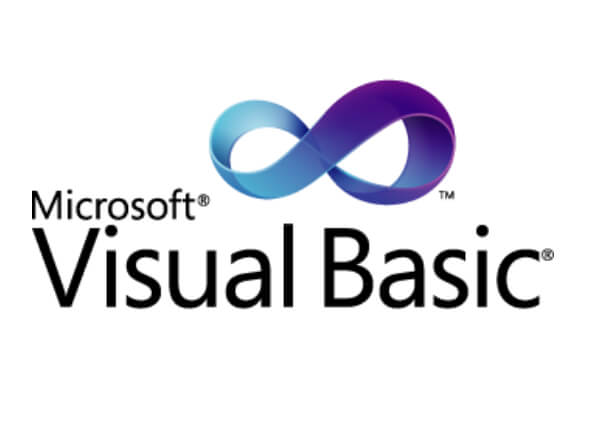Services
Overview
At 3SD Solutions, we offer comprehensive .NET framework services to help businesses build robust and scalable applications. Our team of experienced .NET developers has extensive knowledge and expertise in working with a wide range of .NET frameworks, including ASP.NET, MVC, WCF, and more.
Whether you need to develop a new application from scratch or upgrade your existing one, our .NET framework services can help you achieve your business goals. We follow best practices and industry standards to ensure that your applications are secure, reliable, and maintainable.
Our .NET framework services include application development, testing, integration, deployment, and maintenance. We also offer consulting services to help you choose the right framework based on your specific requirements and budget.
At 3SD Solutions, we are committed to delivering high-quality solutions that meet your business needs. Contact us today to learn more about our .NET framework services and how we can help you build better applications.
Our . Net services include:
Custom .NET Development
.NET Web Development
.NET Application Migration
.NET Maintenance and Support
.NET Integration
.NET Consulting
With our comprehensive range of .NET services, we can help you build, maintain, and optimize your .NET applications. Contact us today to learn more about how we can help you achieve your business objectives.
C#
C# is a modern, object-oriented programming language that is widely used for building a wide range of applications, including Windows desktop applications, web applications, mobile apps, and games. C# is a powerful and flexible programming language that provides a range of features and tools for building high-quality software. Whether you are building a Windows application, a web application, a mobile app, or another type of software, C# provides the tools and features you need to get the job done.

Key Concepts:
-Object-Oriented Programming: C# is an object-oriented programming language, which means that it allows you to define classes and objects that encapsulate data and behaviour. Object-oriented programming provides a powerful and flexible way to organize and structure your code, and it makes it easier to write reusable and maintainable software.
-Integrated Development Environment (IDE): Visual Studio is the primary development environment for C#, and it includes a range of features that make it easy to create, test, and debug applications. The IDE includes a code editor, a visual designer, a debugger, and other tools that help you write high-quality code.
-Automatic Memory Management: C# uses automatic memory management, which means that the runtime system takes care of allocating and deallocating memory for your program. This makes it easier to write safe and reliable code, as you don't have to worry about memory leaks or other memory-related issues.
-Language Interoperability: C# is designed to be interoperable with other .NET languages, such as VB.NET. This means that you can use code written in one language from another language, which makes it easier to work with code written by others.
-Asynchronous Programming: C# includes a range of features that make it easy to write asynchronous code, such as the async and await keywords. Asynchronous programming provides a way to write code that can execute concurrently without blocking the main thread, which can improve the performance and responsiveness of your applications.
-LINQ: Language Integrated Query (LINQ) is a powerful feature of C# that allows you to query data from various data sources, such as databases, XML files, and collections. LINQ provides a simple and consistent syntax for querying data, and it allows you to write more expressive and concise code.
-Windows Presentation Foundation (WPF): C# includes a set of classes and controls for building Windows Presentation Foundation (WPF) applications, which are graphical user interfaces that run on the Windows operating system. WPF provides a rich set of features, such as data binding, styling, and animation, that allow you to create modern and visually appealing user interfaces.
-Cross-Platform Development: C# can be used to build cross-platform applications using .NET Core or Xamarin. .NET Core is a free, open-source platform that allows you to build and run C# applications on Windows, Linux, and macOS. Xamarin allows you to build native mobile applications for iOS, Android, and Windows using C# and the .NET framework.
ASP.NET
ASP.NET is a popular web development framework created by Microsoft, which is used for building dynamic web applications and websites. ASP.NET is a powerful and flexible web development framework that provides a range of features and tools for building high-performance, secure, and scalable web applications. Whether you are building a simple website or a complex enterprise application, ASP.NET has the tools and features you need to get the job done.

Key Concepts:
-ASP.NET Web Forms: This is a feature that allows developers to create web pages using a drag-and-drop interface, and it includes built-in functionality for handling user input, performing server-side processing, and displaying data.
-ASP.NET MVC: This is a framework for building web applications using the Model-View-Controller (MVC) architecture pattern. It provides a more flexible and extensible approach to web development than Web Forms, and it is particularly well-suited to building complex, data-driven applications.
-ASP.NET Core: This is the latest version of ASP.NET, which is designed to be cross-platform and lightweight. It includes a number of new features and improvements, including improved performance, better support for modern web development techniques, and enhanced security.
-C# programming language: ASP.NET is written in C#, a popular object-oriented programming language that is used by many developers for building Windows applications, web services, and other types of software.
-Visual Studio IDE: This is the primary development environment for ASP.NET, and it includes a range of features that make it easy to create, test, and debug web applications. It also provides integration with other Microsoft technologies, such as Azure and SQL Server.
-Database connectivity: ASP.NET includes built-in support for connecting to a wide range of databases, including SQL Server, Oracle, MySQL, and others. It provides a number of data access technologies, such as ADO.NET and Entity Framework, which make it easy to work with data in your web applications.
-Security: ASP.NET includes a number of security features, such as authentication and authorization, that can help protect your web applications from unauthorized access and attacks. It also includes support for HTTPS and other secure communication protocols.
-Deployment: ASP.NET applications can be deployed to a wide range of hosting environments, including on-premises servers, cloud services such as Azure, and even Linux-based servers using ASP.NET Core. Visual Studio includes tools for packaging and deploying your applications, making it easy to get your application up and running quickly.
ADO.NET
ADO.NET is a set of data access technologies provided by Microsoft as part of the .NET Framework, which is used to access and manipulate data stored in a database. ADO.NET provides a set of classes and APIs that allow developers to connect to a database, execute queries, and retrieve data.
ADO.NET is a set of data access technologies that provide a powerful and flexible way to work with data in a database. Whether you are building a desktop or web application, ADO.NET provides a set of classes and APIs that allow you to connect to a database, retrieve data, and manipulate it as needed.

Key Concepts:
-Data Providers: ADO.NET includes a set of data providers for connecting to different types of databases, such as SQL Server, Oracle, MySQL, and more. Each data provider includes a set of classes and methods that allow you to interact with the database using the provider-specific syntax.
-Connection Strings: A connection string is a string of text that contains information about how to connect to a database, such as the server name, database name, username, and password. ADO.NET uses connection strings to establish a connection to a database.
-Data Readers: ADO.NET provides a lightweight data reader object that allows you to retrieve data from a database quickly and efficiently. The data reader is read-only, and it reads data one row at a time, which makes it an excellent choice for retrieving large datasets.
-DataSets: A DataSet is an in-memory representation of a set of database tables and their relationships. ADO.NET allows you to fill a DataSet with data from a database, manipulate the data in memory, and then update the changes back to the database.
-Data Adapters: A DataAdapter is a bridge between a DataSet and a database. It includes a set of methods for filling a DataSet with data from a database, and for updating changes made to the DataSet back to the database.
-Command Objects: ADO.NET includes a set of command objects for executing commands against a database, such as SELECT, INSERT, UPDATE, and DELETE. The command objects can be used with parameters, which allows you to pass data to and from the database.
-Transactions: ADO.NET supports transactions, which allow you to perform a series of database operations as a single, atomic unit. Transactions ensure that either all of the operations succeed, or none of them do.
-XML Integration: ADO.NET includes built-in support for working with XML data, such as reading and writing XML files, and converting XML data to and from database data.
VB.NET
VB.NET is a programming language that is part of the .NET Framework, created by Microsoft. It is a modern, object-oriented language that is designed for building Windows applications, web applications, and other types of software.
VB.NET is a powerful and flexible programming language that provides a range of features and tools for building high-quality software. Whether you are building a Windows application, a web application, or another type of software, VB.NET provides the tools and features you need to get the job done.

Key Concepts:
-Object-Oriented Programming: VB.NET is an object-oriented programming language, which means that it allows you to define classes and objects that encapsulate data and behaviour. Object-oriented programming provides a powerful and flexible way to organize and structure your code, and it makes it easier to write reusable and maintainable software.
-Integrated Development Environment (IDE): Visual Studio is the primary development environment for VB.NET, and it includes a range of features that make it easy to create, test, and debug applications. The IDE includes a code editor, a visual designer, a debugger, and other tools that help you write high-quality code.
-Event-Driven Programming: VB.NET supports event-driven programming, which means that you can write code that responds to events, such as button clicks, mouse movements, and keystrokes. Event-driven programming provides a way to create interactive and responsive user interfaces.
-Windows Forms: VB.NET includes a set of classes and controls for building Windows Forms applications, which are graphical user interfaces that run on the Windows operating system. Windows Forms provide a rich set of features, such as drag-and-drop layout, data binding, and built-in controls for common tasks.
-Web Forms: VB.NET also includes a set of classes and controls for building Web Forms applications, which are web pages that run on a web server and can be accessed by a web browser. Web Forms provide a way to create dynamic and interactive web applications.
-Language Interoperability: VB.NET is designed to be interoperable with other .NET languages, such as C#. This means that you can use code written in one language from another language, which makes it easier to work with code written by others.
-Database Connectivity: VB.NET includes built-in support for connecting to databases, such as SQL Server, Oracle, and MySQL. It provides a number of data access technologies, such as ADO.NET and Entity Framework, which make it easy to work with data in your applications.
-LINQ: Language Integrated Query (LINQ) is a powerful feature of VB.NET that allows you to query data from various data sources, such as databases, XML files, and collections. LINQ provides a simple and consistent syntax for querying data, and it allows you to write more expressive and concise code.